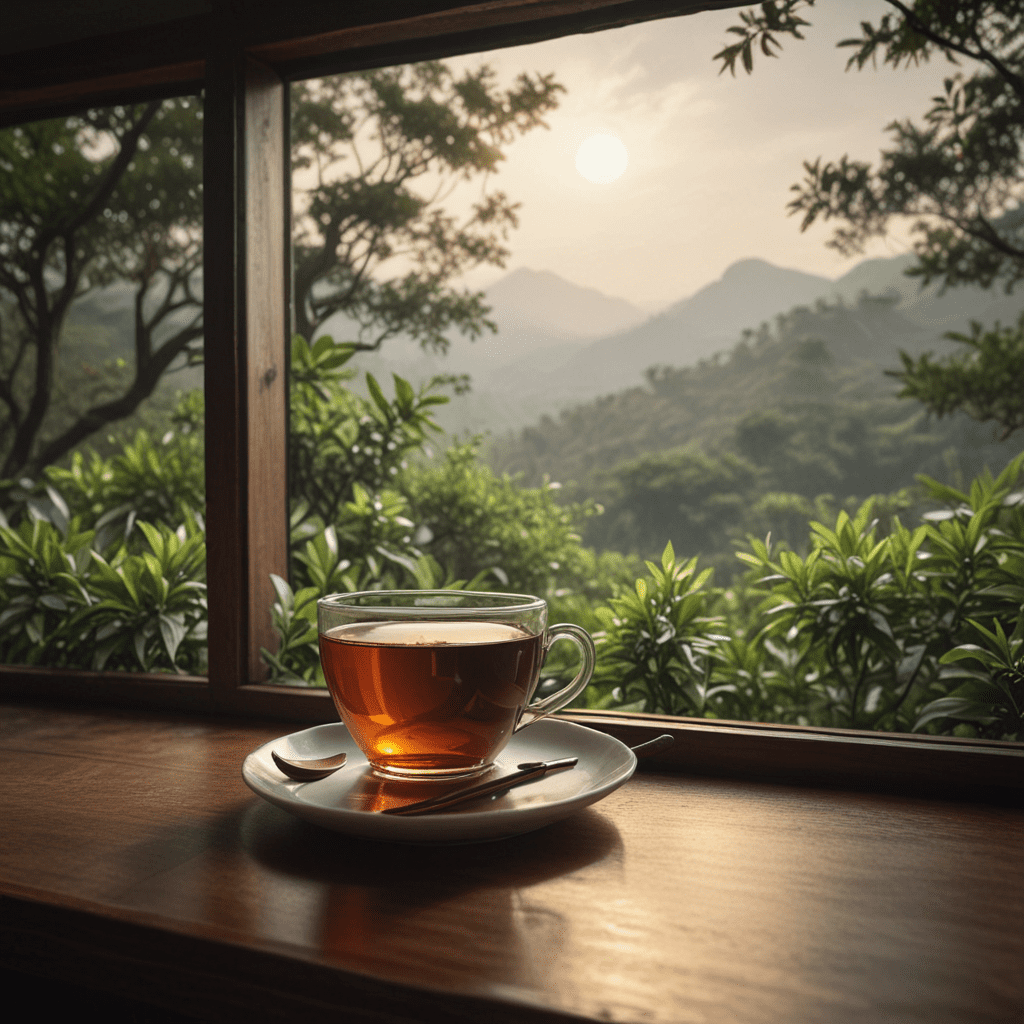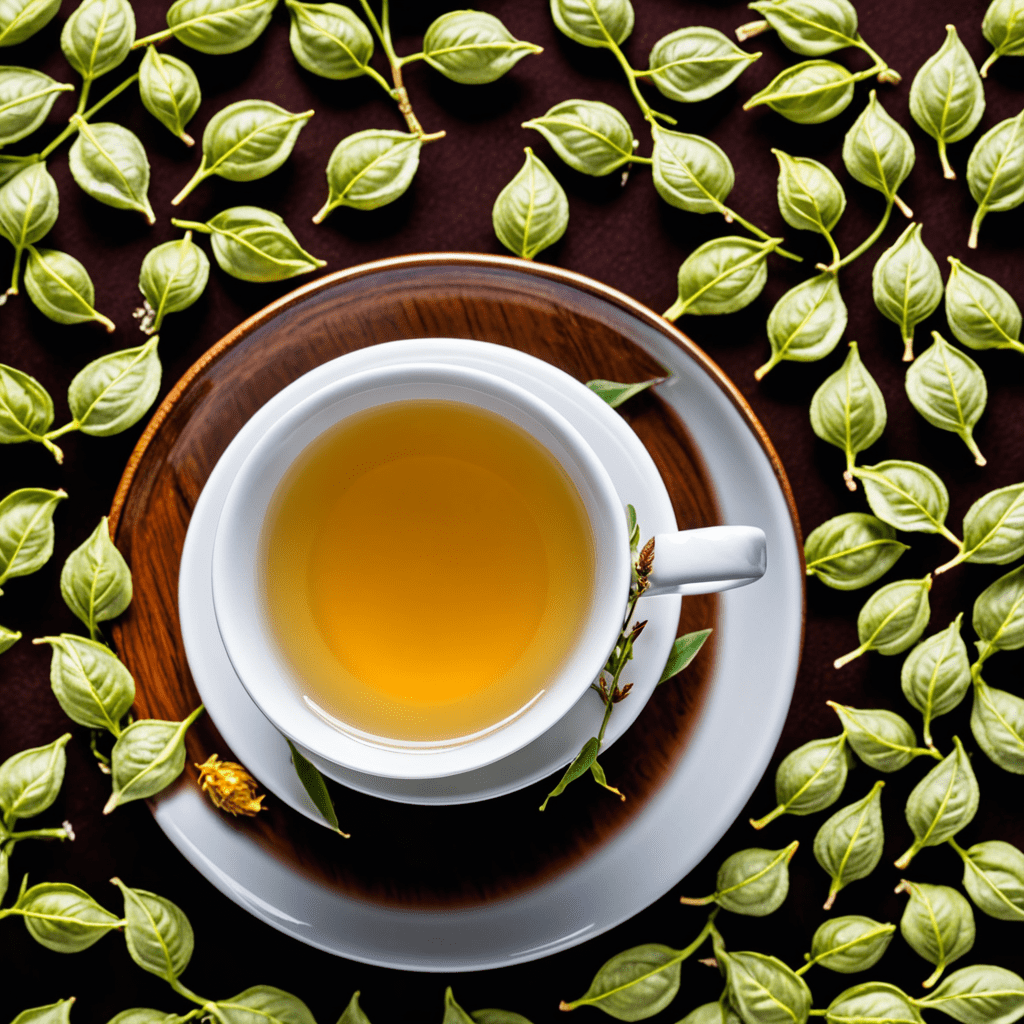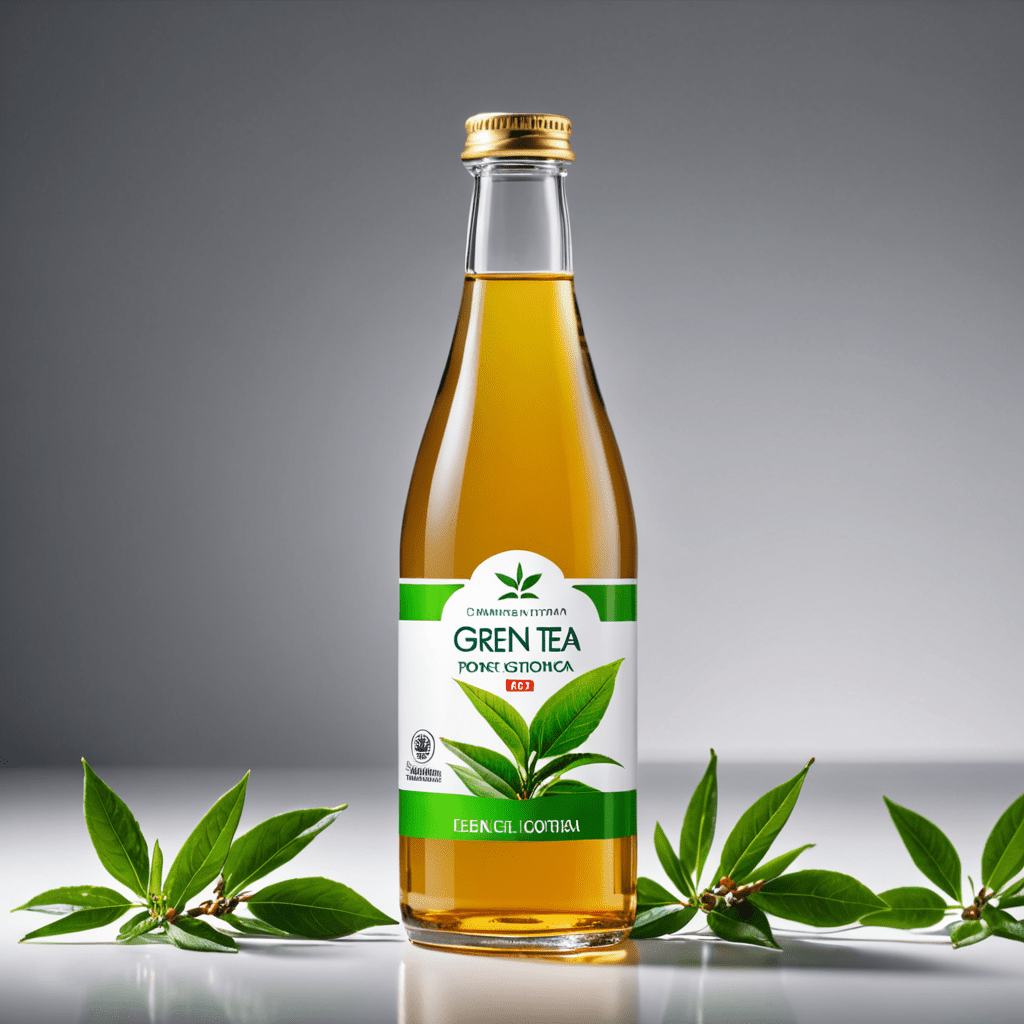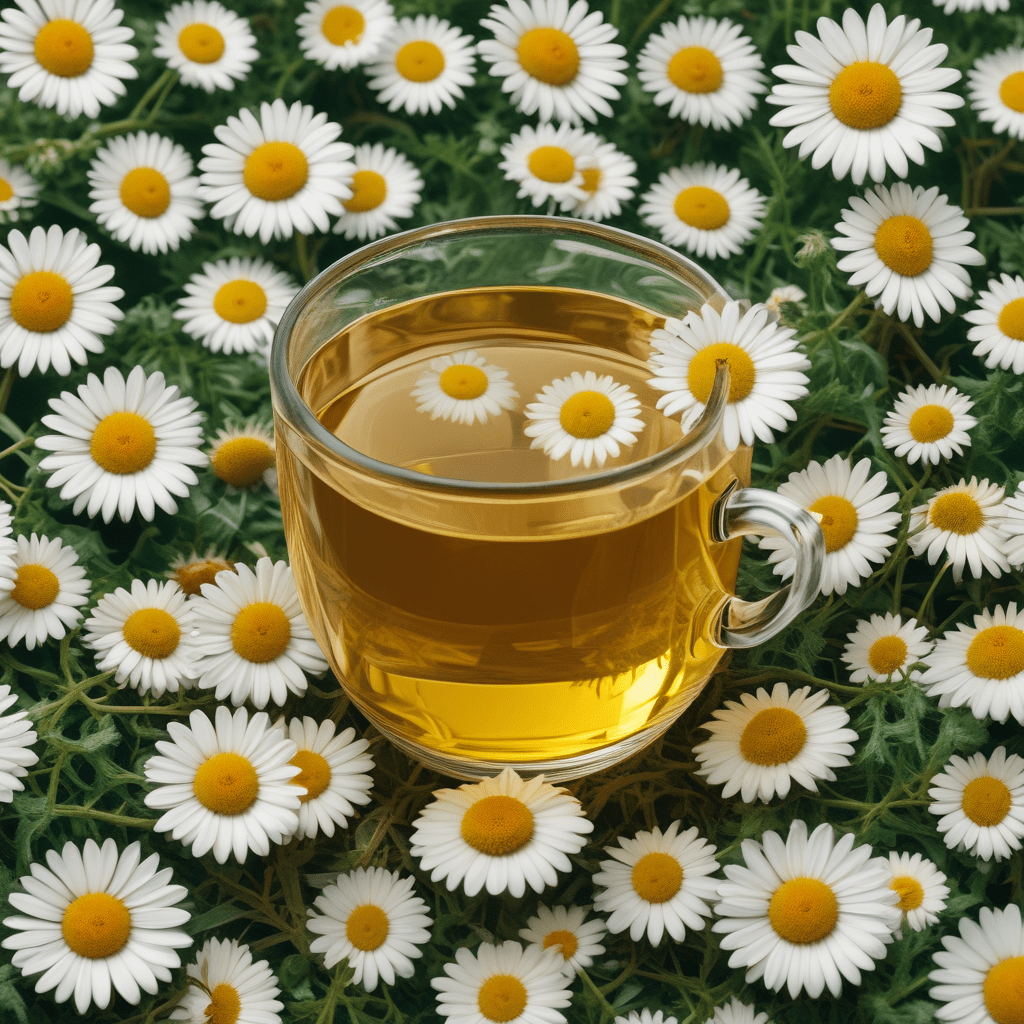
From Tea Plantations to Teahouses: Navigating Chinese Tea Culture
China is widely recognized as the birthplace of tea culture, with a rich history spanning thousands of years. The journey of tea begins in the verdant tea plantations, where the delicate leaves are carefully cultivated, processed, and transformed into the aromatic brews we cherish today.
Origin and History of Chinese Tea Culture
Legend has it that tea was first discovered by Emperor Shennong in 2737 BC. As he boiled water beneath a tree, fallen leaves from the tree infused the water, creating a fragrant and invigorating beverage. Over centuries, tea gained popularity as a medicinal and recreational drink, becoming an integral part of Chinese society.
The Ancient Tea Plantations
China's vast and diverse geography provides ideal conditions for tea cultivation. From the rolling hills of Zhejiang to the high mountains of Yunnan, tea plantations have flourished for centuries. Different regions specialize in cultivating unique varieties of tea, each with distinct flavors and aromas.
The Cultivation Process of Tea
Tea cultivation is a meticulous process that requires patience and skill. Tea plants are typically grown from seeds or cuttings and take several years to mature. The plants are pruned and fertilized regularly to promote healthy growth. During the harvest season, skilled tea pickers carefully handpick the tender leaves, ensuring optimal quality and freshness.
Types of Chinese Teas
China produces an astonishing variety of teas, each with its own unique characteristics. Green teas, such as Longjing and Biluochun, are known for their fresh, vegetal flavors. Oolong teas, like Tieguanyin and Wuyi Oolong, undergo partial oxidation, resulting in a complex balance of floral and earthy notes. Black teas, including Keemun and Lapsang Souchong, are fully oxidized, giving them a robust and malty flavor profile.
6. The Art of Tea Preparation
The art of tea preparation is as important as the cultivation process itself. Different teas require different brewing methods to extract their optimal flavors. Green teas, for example, are typically brewed in cooler water for a shorter duration, while black teas can withstand higher temperatures and longer steeping times. The choice of teaware also plays a role, with porcelain and clay pots being popular options.
7. Tea Rituals and Customs
Tea has played a central role in Chinese culture for centuries, giving rise to a rich array of rituals and customs. The tea ceremony, known as gongfu cha, is a highly formalized practice that involves precise steps and movements. From the selection of tea leaves to the pouring of the water, every aspect of the ceremony is imbued with symbolism and tradition.
8. The Rise of Chinese Teahouses
Teahouses have flourished in China for hundreds of years, serving as social hubs and cultural centers. They offer a place for people to gather, relax, and enjoy tea in a welcoming and convivial atmosphere. Teahouses often feature traditional architecture, elegant décor, and a wide variety of teas to choose from.
9. The Social and Cultural Significance of Teahouses
Teahouses have played a significant role in Chinese society, fostering a sense of community and providing a space for intellectual exchange. They have been patronized by poets, scholars, artists, and merchants alike, who have used teahouses as a place to socialize, discuss ideas, and engage in artistic pursuits.
10. Contemporary Tea Trends in China
In recent years, Chinese tea culture has undergone a resurgence, driven by a growing appreciation for the health benefits and cultural significance of tea. New teahouses are emerging in major cities, offering modern takes on traditional tea rituals. Additionally, specialty tea shops are gaining popularity, catering to consumers who seek high-quality and rare teas.
Frequently Asked Questions (FAQs)
What is the most popular type of tea in China? Green tea is the most widely consumed type of tea in China, accounting for over 70% of total tea production.
What is the difference between green tea and black tea? Green tea is made from unoxidized leaves, giving it a fresh and vegetal flavor. Black tea, on the other hand, is made from fully oxidized leaves, resulting in a robust and malty taste.
How is tea cultivated in China? Tea plants are typically grown from seeds or cuttings and take several years to mature. The plants are pruned and fertilized regularly to promote healthy growth. During the harvest season, skilled tea pickers carefully handpick the tender leaves, ensuring optimal quality and freshness.
What are the health benefits of tea? Tea contains a variety of antioxidants and other beneficial compounds that have been linked to a range of health benefits, including improved heart health, reduced inflammation, and enhanced cognitive function.
Where can I find a traditional Chinese teahouse? Traditional Chinese teahouses can be found in major cities and tourist destinations throughout China. They often feature traditional architecture, elegant décor, and a wide variety of teas to choose from.


